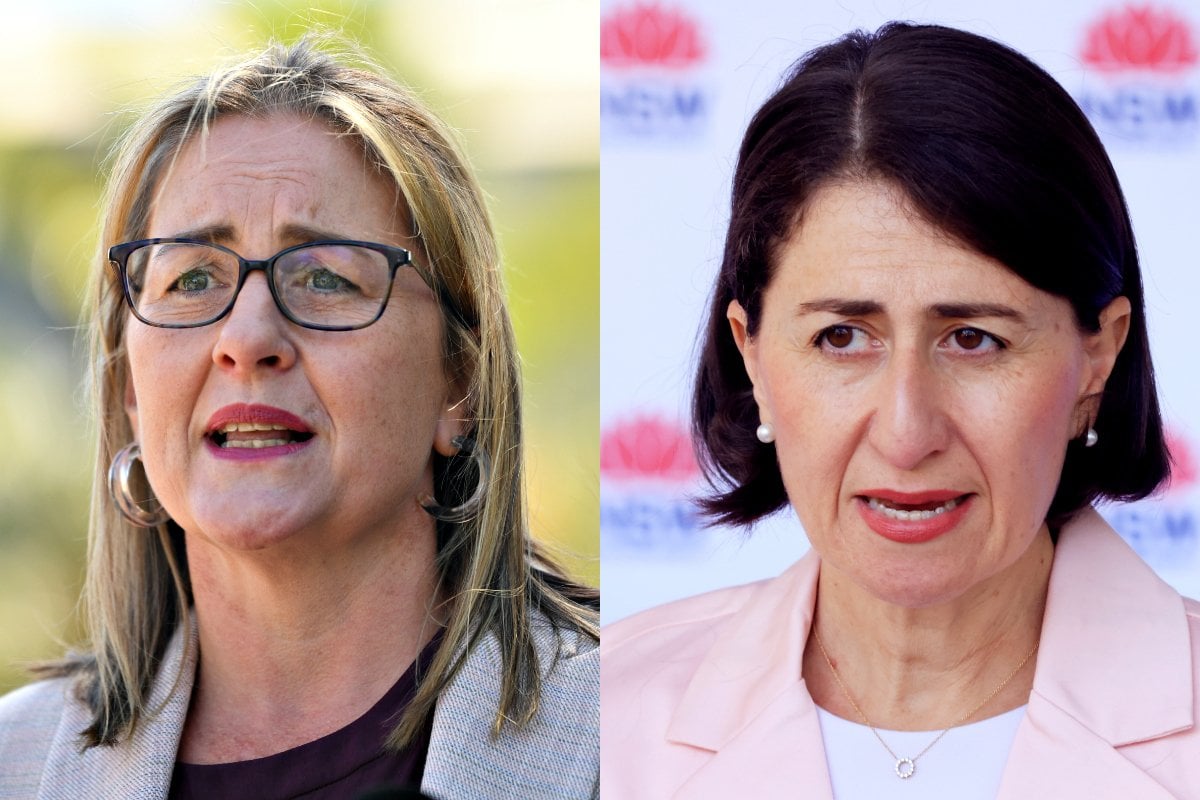
The start of 2021 is proving to be a tenuous time for Australia's two most populous states, as they once again find themselves racing to squash outbreaks of COVID-19.
Both New South Wales and Victoria have recorded cases of community transmission, prompting health authorities to introduce new public health restrictions, including mandatory mask wearing for some residents and lower caps on gatherings.
Other state leaders have also tightened border rules against the affected areas in an effort to prevent the virus from seeping into other corners of the country.
Watch: NSW Premier Gladys Berejiklian explains the new rules for people in Greater Sydney.
So how did we get here? And how exactly are authorities responding?
Here's the latest.
NEW SOUTH WALES
In the latter half of December, a COVID-19 cluster emerged on Sydney's Northern Beaches, prompting local lockdowns and city-wide restrictions over the holiday period. But speaking to the media on Friday, Premier Gladys Berejiklian said it appears most of the community transmission in the region has now "been stomped out".

Top Comments